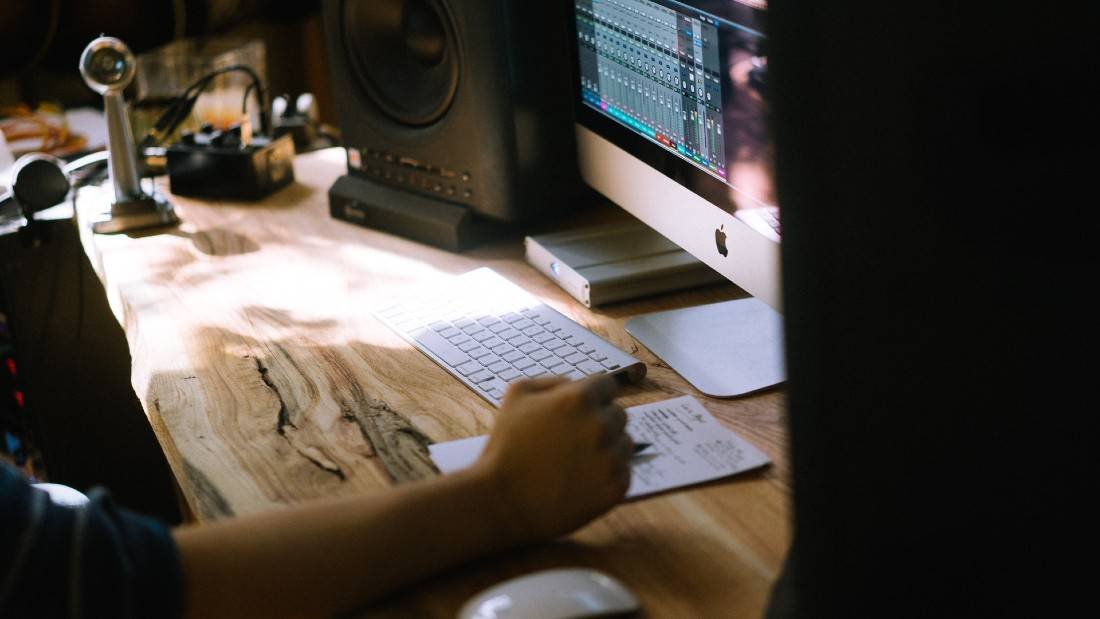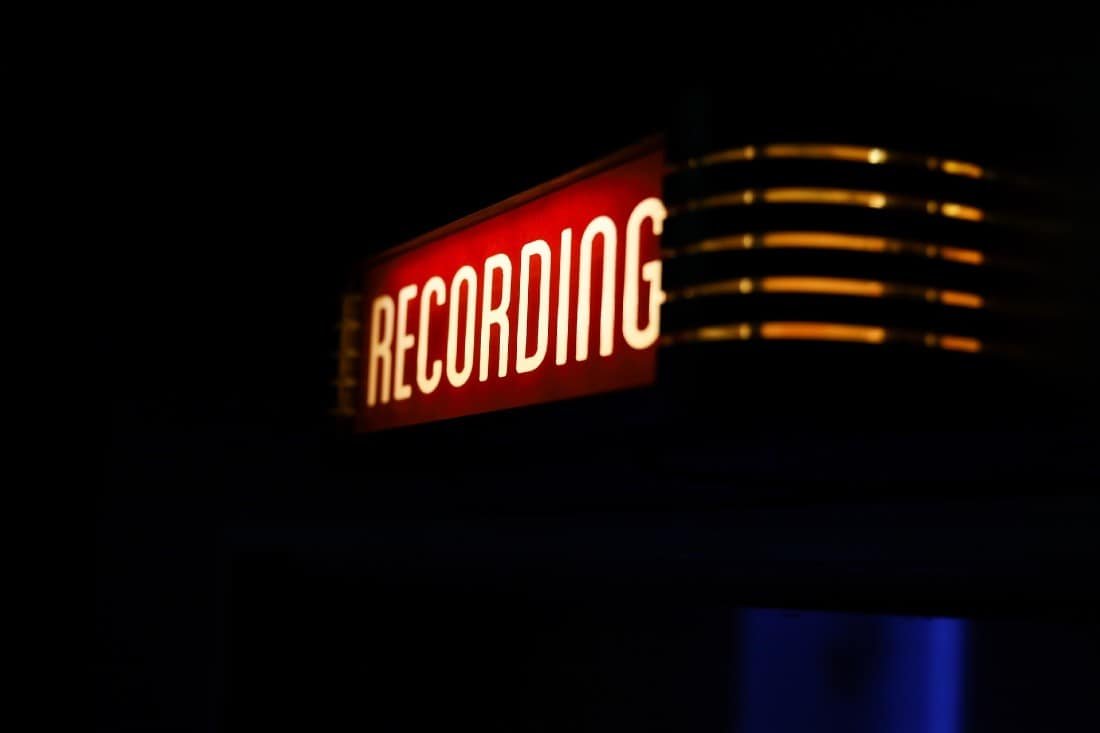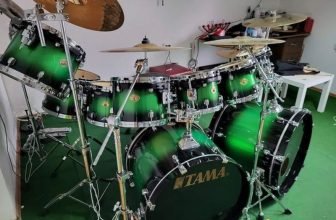
The question of how to play backing tracks live worries many musicians and in this article, I will give a detailed answer to it. Live backing tracks are used in a variety of situations. Popular examples include the following:
When an artist is on tour, they will often use backing tracks (either their own backing tracks or professional backing tracks) to replicate the sound and feel of their studio-recorded tracks, so that they can give the audience the same performance they would get at their local venue. Backing tracks are also used to fill in the gaps between songs, and to create a continuous performance.
Backing tracks are also used in situations where an artist is unable to perform live, such as when the performer is ill, incarcerated, or unable to come to their home country.
Many musicians use backing tracks for practice, such as:
- Practice jamming skills;
- Practice lead lines;
- Practice improvising;
- Practice soloing;
- Practice playing along with other instruments;
- Practice riffing;
- Practice timing;
- Practice synchronization with the drums;
- Practice jamming with other musicians.
Backing tracks can also help to replicate a live band sound, even when a band is not available, or has very limited time to practice and record. For example, backing tracks live bands can be used for the live music in the restaurant, and karaoke can be used in the bar. Backing tracks can be used for practicing and performing, especially for beginners. They can also be used for warm-up, rehearsal, and for jamming.
What Makes a Good Backing Track?
Contents
A good backing track is a backing track that is suitable for the artist and the performance. Good backing tracks have a variety of elements, including:
- The proper feel and energy of the song.
- The rhythm, tempo, and time signature of the song.
- The correct key for the artist to sing along to, and to perform.
- The right feel and tempo, so that the artist can play along with the backing track and perform at their best.
- A good backing track will also be recorded in a professional studio and will have good sound quality.
Creating a Good Backing Track
Next, I’ll answer the question of how to make backing tracks that are always great. Backing tracks are a great way of improving your playing and also of having fun. Playing along to your favorite songs is something that most guitarists do, whether they’re just starting out or they’re advanced players.
The best way to make backing tracks is to record yourself and then play along with the recording. This is a great way to work on your timing as you will have to match the timing of your recording as closely as you can.
There are many software programs out there that will allow you to record your guitar playing and then export it as a WAV or MP3 file. If you don’t have any software then you can use some free ones on the web.

Things You Need to Record Backing Tracks
OK, the first thing you need to do is to make sure that you already have all the things that you need to record your backing tracks for the band. Usually, it’s:
- Computer or laptop;
- Microphone;
- Music recording program (Garageband, audacity, etc.);
- Digital audio interface (USB);
- Mixer;
- Pair of headphones or studio monitors;
- Cables;
Step-by-Step Instructions to Record Backing Tracks
1. Plug in your USB
Plugin the USB cable into the computer’s USB port and plug the other end into your interface.
2. Connect the Audio Interface to your Mixer
Connect the inputs and outputs on the back of your interface to the inputs and outputs on your mixer.
3. Connect Headphones or Studio Monitors to your Mixer
You’ll need to connect your headphones or studio monitors to your mixer’s headphones or monitor outputs.
4. Connect your Microphone to your Interface
Connect the XLR connectors on the cable to the microphone inputs on the back of your interface. If you only have 1 microphone input and you have more than one microphone, you will need to get an XLR splitter. If you only have 1 microphone and 1 input, you can get away with using a 1/4″ XLR cable.

5. Connect your Computer to your Mixer
Connect the outputs on your interface to the inputs on your mixer. You will need to get a 1/4″ to 1/4″ cable if you are using 1/4″ inputs and outputs.
6. Plug in your Headphones or Studio Monitors
Plug your headphones or studio monitors into the headphone or monitor inputs on your mixer.
7. Play your Backing Track
Open up your music recording program on your computer. Start recording. Play your backing track through your headphones or studio monitors.
8. Play your Mic/s through your Mixer
Plugin your microphones into the microphone inputs on your mixer. Turn up the gain control on your mixer to the same level as your backing track.
9. Play your Mic/s through the Computer
Plug your microphone into the input on your computer.
10. You are ready to record
Now you are ready to record. Just press record on your music recording program and sing or play your part.
11. Turn off your Backing Track
When you are done, you can turn off your backing track by turning down the volume on your playback software or pausing your backing track.
12. Turn off your Mic/s
Unplug your microphone.
That’s it. You are ready to record your vocals or drum backing tracks right onto your backing track.
Tip For Recording Backing Tracks
One of the things that make practice so effective is that you can play along with a recording of the song you are learning. It is also one of the biggest reasons you should never skip a practice session. If you can’t get the song down after a few practice sessions, it will never get better. It won’t magically happen one day.
You need to figure out what you are doing wrong and fix it. If you can’t hear yourself playing, try using a device like a smartphone or a tablet to record yourself playing. When you get a recording of yourself, listen to it and see what you can do to improve.

It’s also a good idea to listen to your favorite players and record yourself playing along with them. It will help you learn to play better and it’s a good way to learn what it takes to be a great player. For example, drums only backing tracks are used to help a band learn to keep the beat, or in a live setting, where the band is playing without a full drum set. This arrangement is also used in some marching bands where a full drum set is too large, cumbersome, or loud.
There are so many benefits to practicing, you should do it every day, even if you don’t feel like it. You should always have a practice session scheduled for the next day, even if you don’t feel like you have time.
Schedule time for practicing every day. You should play for at least 15-30 minutes every day, even if it’s only five minutes. The more you practice, the better you will get. This will allow you to play live as well, but you need to practice first. This will help you improve your skills and you’ll be able to play better.
You’re looking to hear your instrument alongside the backing track, not over it – otherwise, you won’t be able to hear yourself. You’re looking for the backing track to be at about 50-60% of your maximum stage volume.
As for audio settings, for backing tracks where you want to create a ‘band’ sound, try using a drum kit with a lot of ‘echo’ and ‘reverb’. This will give the impression that the track has been recorded in a large hall or studio.
For more realistic-sounding drums, try using an acoustic kit with a lot of ‘ambiance’. This will give the impression that the track has been recorded in a smaller, naturally-sounding room.
You can also get a lot of variation just by changing the sample rate. Try recording a drum kit at a high sample rate to get a particularly crisp sound.
Great Sound on the Record
After reading this tutorial you should now have a good idea of how to play backing tracks live. It’s a skill that will come in useful when you want to perform live, but don’t have enough time to prepare everything you need to be able to play and sing.
Hopefully, you found this article helpful. If you have any questions, feel free to leave them in the comments below. If you enjoyed this guide, please share it with your friends.
Happy jamming!




